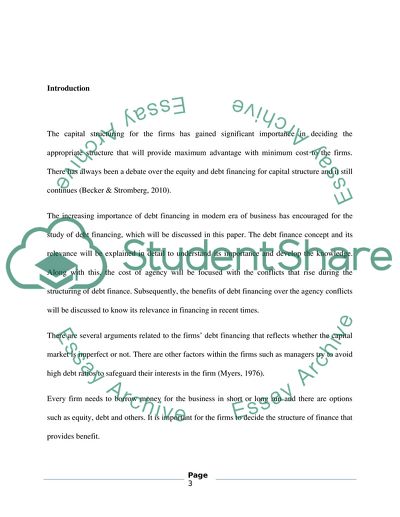Cite this document
(Firms' Debt Financing Research Paper Example | Topics and Well Written Essays - 2500 words - 1, n.d.)
Firms' Debt Financing Research Paper Example | Topics and Well Written Essays - 2500 words - 1. Retrieved from https://studentshare.org/finance-accounting/1749612-debt-financing
Firms' Debt Financing Research Paper Example | Topics and Well Written Essays - 2500 words - 1. Retrieved from https://studentshare.org/finance-accounting/1749612-debt-financing
(Firms' Debt Financing Research Paper Example | Topics and Well Written Essays - 2500 Words - 1)
Firms' Debt Financing Research Paper Example | Topics and Well Written Essays - 2500 Words - 1. https://studentshare.org/finance-accounting/1749612-debt-financing.
Firms' Debt Financing Research Paper Example | Topics and Well Written Essays - 2500 Words - 1. https://studentshare.org/finance-accounting/1749612-debt-financing.
“Firms' Debt Financing Research Paper Example | Topics and Well Written Essays - 2500 Words - 1”, n.d. https://studentshare.org/finance-accounting/1749612-debt-financing.


